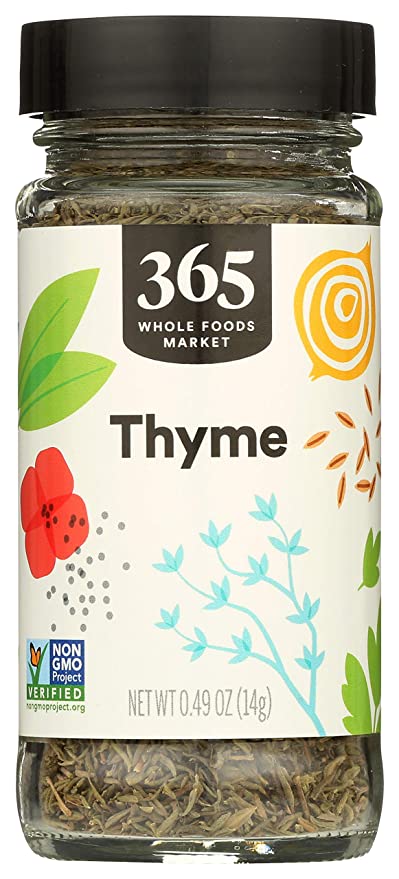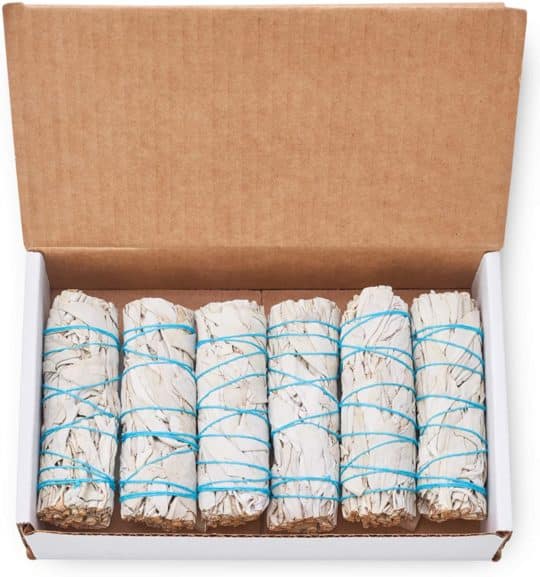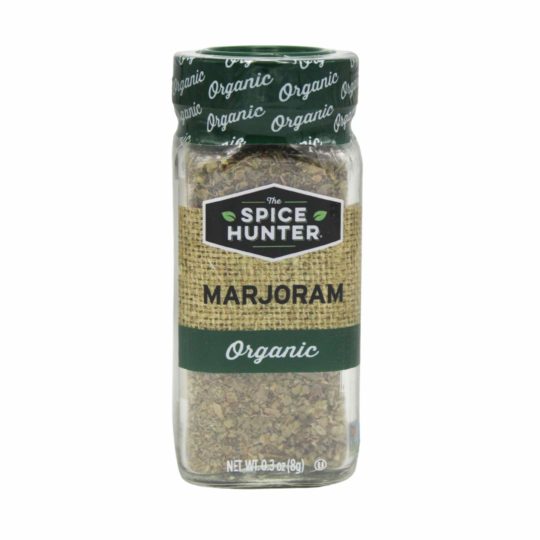Updated on April 9th, 2023
Many herb lovers know that you cannot list popular herb-based ingredients without including summer savory. However, its reputation as a wonder herb developed over thousands of years due to several purposes it fulfilled; it was popularly employed as a remedy for health problems. Some say it was also used in love potions. Now, it has also become quite popular as a cooking ingredient. The savory and delicate herbal taste imparts to different recipes, which is no wonder at all.
Summer Savory Nutrition Facts

There might, however, come a time in your cooking activities when you don’t have any at hand. If this ever happens, there are several alternative ingredients you could consider using. A lot of them, like summer savory, are herb-based and introduce the same spicy and excellent taste to different kinds of recipes, so much that you would almost be unable to tell the difference.
Continue reading to find out the nature and origin of these substitutes and how to properly use them in your recipes to achieve the same savory goodness that the use of summer savory inspires in meals.
What is Summer Savory?
Summer savory, Saturejahortensis is one of the most well-known savory species. This herb bears lilac tubular flowers from July to September in the northern hemisphere. It has very slender, bronze-green leaves and is grown from seed in a light, fertile soil, where it typically grows to a height of 30 to 60 cm.
Summer savory is a common herb in Atlantic Canada, where it is used in the same manner that sage is used in other parts of the world. It is an annual crop, and although it is similar to the perennial winter savory in terms of application and flavor, it is used more commonly than winter savory, which has a somewhat more bitter flavor. Because of its sweeter, more delicate aroma, summer savory is recommended over winter savory for use in recipes.
Summer savory can be used to season grilled meats and barbecues, as well as stews and sauces. It usually is available in dried form at local grocery stores and used in a variety of amounts, sometimes in generous spoonfuls (like in cretonne), and sometimes more sparingly (like in beans, for which savory has a natural affinity)
Uses of Summer Savory in Recipes
Summer savory is a versatile herb that goes well with a variety of cuisines. It possesses very appealing aromas that have made it a staple in places like Europe and an ingredient in essential oils. Summer savory also has a spicy, peppery flavor that blends in nicely in a variety of dishes.
Summer savory also tends to be more adaptable in cooking as its flavor evolves during the growing season. As such, many recipes can incorporate summer savory successfully in the cooking process. Some of such recipes are:
- Bruschetta topping
- Chicken noodle soup
- Beans
- Herbs de Provence
- Crab stuffed mushrooms
- The lemon caper butter sauce
- Chicken fricot
- Nova Scotia Turkey dressing
- Savory stuffing
- Herb butter mashed potatoes
- Vegetarian cassoulet
- Pasta and herbs
- White bean soup
- Potato moussaka
- Dutch oven beef stew
Substitutes for Summer Savory
Even if you’ve never personally grown or purchased summer savory, there’s a fair chance you’ve eaten it without being aware. Many dried herb combinations for stuffing and meat dishes contain one of their ingredients. It can be found fresh throughout the summer months or in its dried form all through the year.
If, however, you do not have any summer savory at home for use in your recipes, some ingredients can function in their place to introduce a similar taste and feel.
Consider one of these options:
Thyme

Thyme is a versatile herb that may be used to season various foods, either alone or in a bouquet garni with other popular herbs like rosemary, sage, and marjoram. Thyme is suitable for most diets, so anyone looking to cook with herbs can use it.
There are numerous similarities between thyme and summer savory. Thyme also has a strong, minty flavor, and when you chop both herbs, it might be difficult to tell the difference between summer savory and thyme. One advantage of thyme over summer savory, perhaps, is that thyme is relatively easier to come by and can thus work in recipes in the absence of summer savory.
Substitute thyme in the same way that the recipe calls for summer savory. Both fresh and dried forms of thyme can take the place of summer savory in most recipes.
Sage


Remember when we said savory and sage can be used similarly in cooking? This is exactly why sage can stand in as an effective substitute for summer savory. Sage is also a herb and belongs to the same plant family as herbs like oregano, lavender, rosemary, and thyme.
Sage, like thyme, originates from the Mediterranean region and has a strong flavor similar to that of summer savory. However, dried sage cannot be substituted for summer savory, unlike thyme. To Sage has much larger leaves than summer savory, and as such, need to be thinly chopped while still fresh.
Sage can be used in pastries, potatoes, marinades, sauces, etc. Replacing summer savory with sage in recipes is quite straightforward. Use it in the same style or the same amount as you would for summer savory when the recipe calls for it.
Winter Savory
Winter savory is a plant with bright green, tough leaves that are slightly bitter and aromatic. It belongs to the same plant family as summer savory and possesses a similar spicy quality. However, its bitter flavor is more pronounced than that of summer savory. Still, it can be used in place of summer savory in recipes.
The trick with winter savory is to simmer it for longer, the bitter flavor will get weaker, and your meal will also have the flavors of sage and pine. Winter savory is good in meals that take longer to cook, such as stews, soups, stuffing, beans, lentils, and topping mixed with bread crumbs.
So, if your recipe calls for summer savory, one good substitute that can work in its place is winter savory. Just remember to cook it for longer to reduce its bitter effect.
Marjoram

Marjoram, often known as sweet marjoram, is a mint-like aromatic herb. It has a similar flavor to oregano, although considerably milder, and is frequently used to garnish salads, soups, and meat dishes. Its potency is greater in its dried form, but it can also be used fresh.
Marjoram has a pleasant, herbaceous flavor that is a cross between thyme and basil but relatively lighter than summer savory. Marjoram, unlike summer savory, does not tolerate extensive cooking times. As a result, adding this herb near the conclusion of the cooking process is more ideal.
When replacing summer savory with marjoram, you don’t need to be a math guru. Instead, in the recipe you’re following, use the latter in the same manner you’d use summer savory.
Frequently Asked Questions (FAQs)
Is summer savory the same as ground savory?
The flavor of ground savory is substantially stronger than that of the whole savory. Summer savory is frequently used in herb blends, in which it is normally dried rather than ground.
How do you cut summer savory?
Only snip the leaves and shoots from mature stalks, do not snip down to the stalk’s base. The majority of the stalk should be left on the plant so it can continue to grow. Summer savory herb harvesting stimulates the plant to develop, but overly severe pruning does not.
How do I save summer savory seeds?
Harvest the flower heads and remove the seed when the plants produce little blue flowers. Place them in a paper bag with a few punched holes to dry the seeds. Seeds should last 1-2 years if properly stored.
Conclusion
When next you are trying to replicate the spicy, herbal and delicate taste that summer savory brings into recipes, there are several options you could try. Some of them originate from the same plant family as summer savory, and as such, they are considered natural substitution options to use in their absence.
Remember to introduce these substitutes at the right time during your cooking and in the right amounts and methods. This will ensure that you get the best results and enjoy your cooking products with utmost satisfaction.
